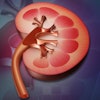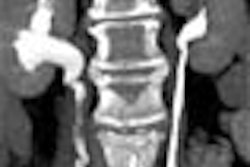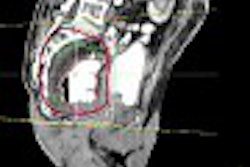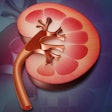Dear CT Insider,
CT lung cancer screening has advanced enormously with the use of even first-generation computer-aided-detection (CAD) schemes. As shown in our last Insider article, radiologists appreciate the help they're getting in terms of nodule detection, even if they have to rule out some false-positives along the way.
Dear CT Insider,
CT lung cancer screening has advanced enormously with the use of even first-generation computer-aided-detection (CAD) schemes. As shown in our last Insider Exclusive article, radiologists appreciate the help they're getting in terms of nodule detection, even if they have to rule out some false-positives along the way.
But they also know there's more to dealing with nodules than simply finding them. Suspicious spots that don't yet warrant biopsy still need to be measured, tracked, and followed up.
Lung nodules come in all shapes and sizes and degrees of clinical relevance, of course, and they can grow quickly or not at all. Volumetric measurement of even the most obvious attribute -- size -- depends on CT image resolution as well as the particular algorithm, and nodule-tracking schemes are still in their infancy. So on the whole, the computer's contributions to these daunting patient-management tasks lags behind the simpler science of nodule detection.
In today's Insider Exclusive article, published exclusively for you before our other members can access it, researchers at the 2003 RSNA meeting examined the state of the art in nodule assessment. Among them, researchers from Cornell University in New York City found greatly improved reproducibility in measured nodule volumes when they used a prototype volumetric CT scanner with near-isotropic resolution. Another group worked with an all-in-one CAD scheme that measures, tracks, and follows up detected nodules, albeit imperfectly. Find out what leading thoracic radiologists are talking about, here.
You'll also want to check out today's CT Digital Community for two new studies on contrast-enhanced MDCT. Radiologists from Oxford University think MDCT urography has great potential for the assessment of hematuria, while researchers from Ireland are getting more bang out of their liver imaging protocols when they add secretin.




















